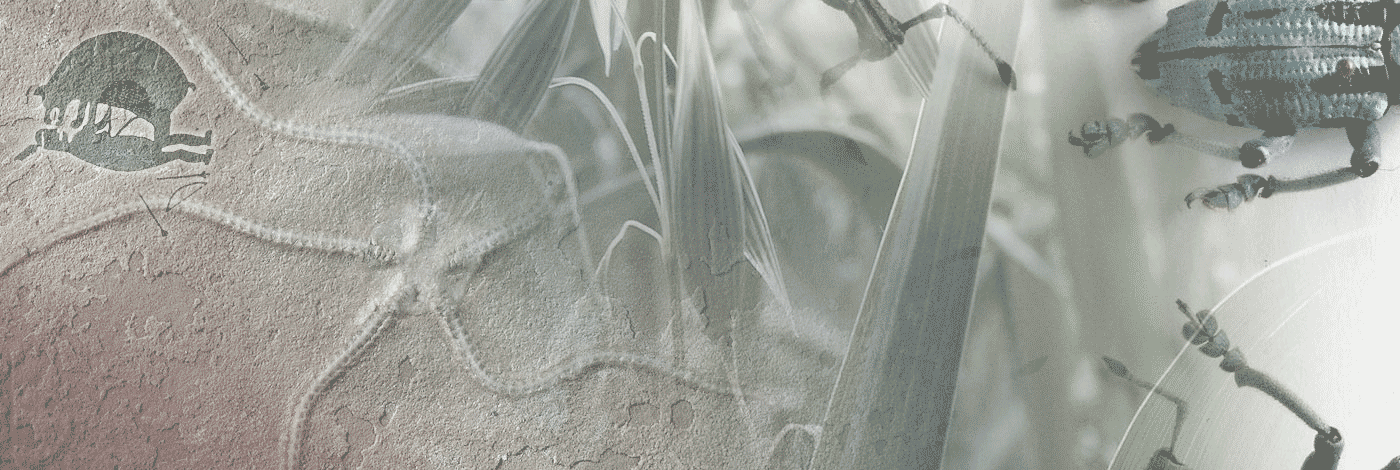
 Bulletin du Muséum national d'Histoire naturelle, 4ème série – section C – Sciences de la Terre, Paléontologie, Géologie, Minéralogie
18 (4) - Pages 569-593
Bulletin du Muséum national d'Histoire naturelle, 4ème série – section C – Sciences de la Terre, Paléontologie, Géologie, Minéralogie
18 (4) - Pages 569-593For the bicentenary of its arrival at the Muséum national d'Histoire naturelle of Paris, the "Grand Animal fossile des Carrières de Maëstricht" is reviewed from a historical point of view. The analysis of a matrix sample associated to the fossil has permitted to determine its exact stratigraphical occurrence within the Maastricht Formation: it comes from the Kanne Horizon, located in the upper third of the Nekum Chalk, Late Maastrichtian in age. The story about the discovery of the fossil and its confiscation by the French revolutionary armies, conveyed by FAUJAS DE SAINT-FOND work (1799) is dismystified. The specimen was found between 1770 and 1774 and confiscated at the time of the taking of Maastricht, in November 1794. It arrived in Paris during the spring of 1795, at the same time as G. CUVIER entered the Museum. The nature of the "unknown animal of Maastricht" was discussed by several naturalists of that time who assigned it first to a crocodile then to a cetacean. A. CAMPER revealed its real nature, namely a gigantic marine varanoid lizard and CUVIER confirmed this hypothesis, using comparative anatomy. The Maastricht mosasaur has received several scientific names but Mosasaurus hoffmanni Mantell, 1859 should be applied. This extinct lizard played a role in the work of CUVIER, notably in his conception of universal catastrophes. It is suggested that the mosasaur studied by Cuvier has influenced the conceptions of the Mesozoic world during several decades, notably the perception of other "gigantic saurians", including the dinosaurs.
Mosasaur, Maastricht, Stratigraphy, History of Sciences